Carioca with brown sugar glaze are the perfect snack or dessert! These fried rice balls are sweet, chewy, and gluten-free! They're easy to make with only four ingredients and under 30 minutes.
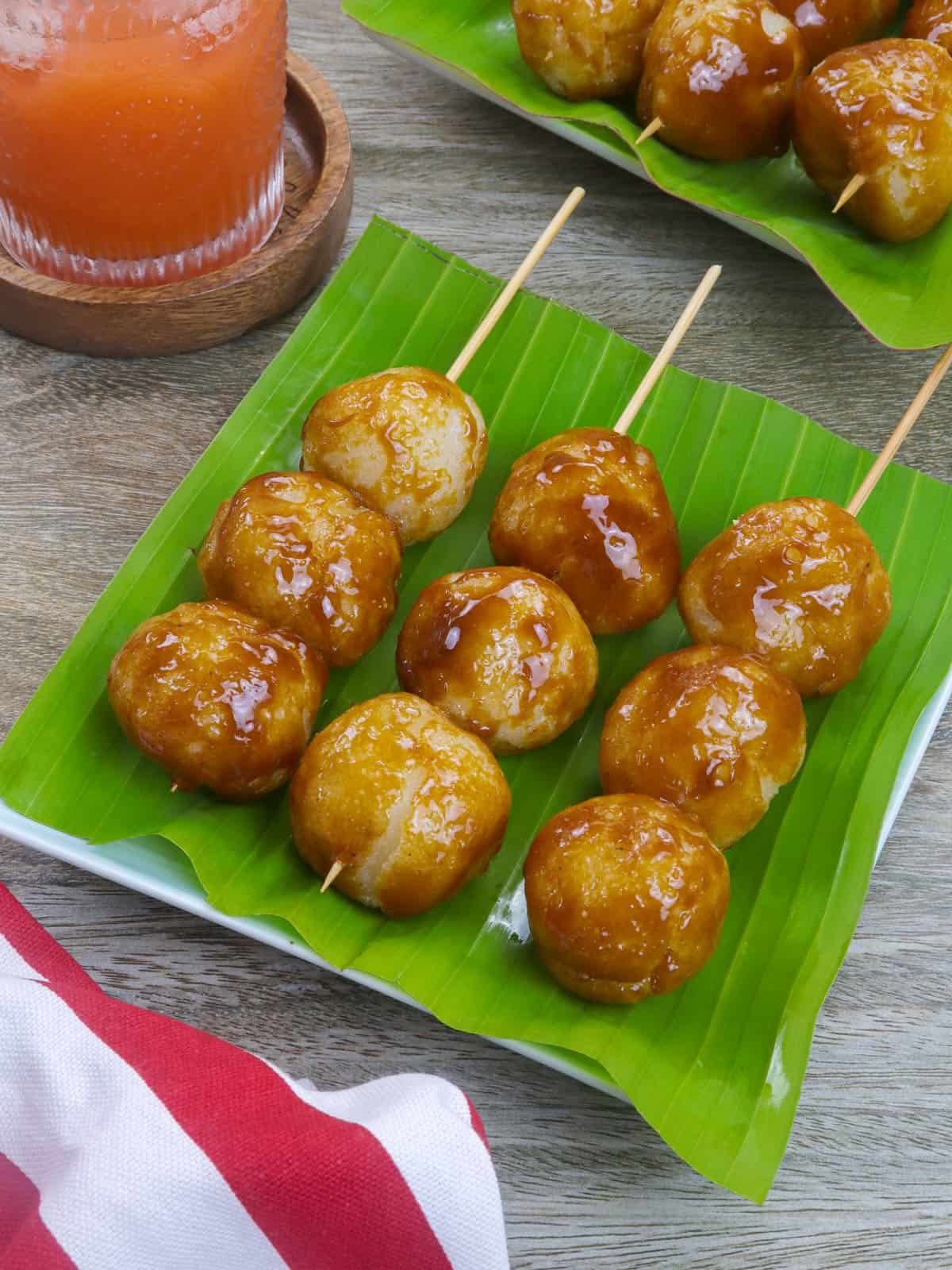
On one of my ritual afternoon phone chats with my mother, she asked what I was cooking for my website. "Carioca," I answered. "What is that?" she asked. I was surprised she didn't know what I thought to be a popular Filipino snack food but proceeded to explain, "Deep-fried glutinous rice balls coated with caramel."
"Ah, tungi tungi!" she exclaimed. I soon realized what caused her confusion, and that is our many Philippine dialects to blame! "Tungi" means skewer in Kapampangan, and carioca is called tungi-tungi in our region as they are commonly sold skewered in bamboo sticks.
Ingredient notes
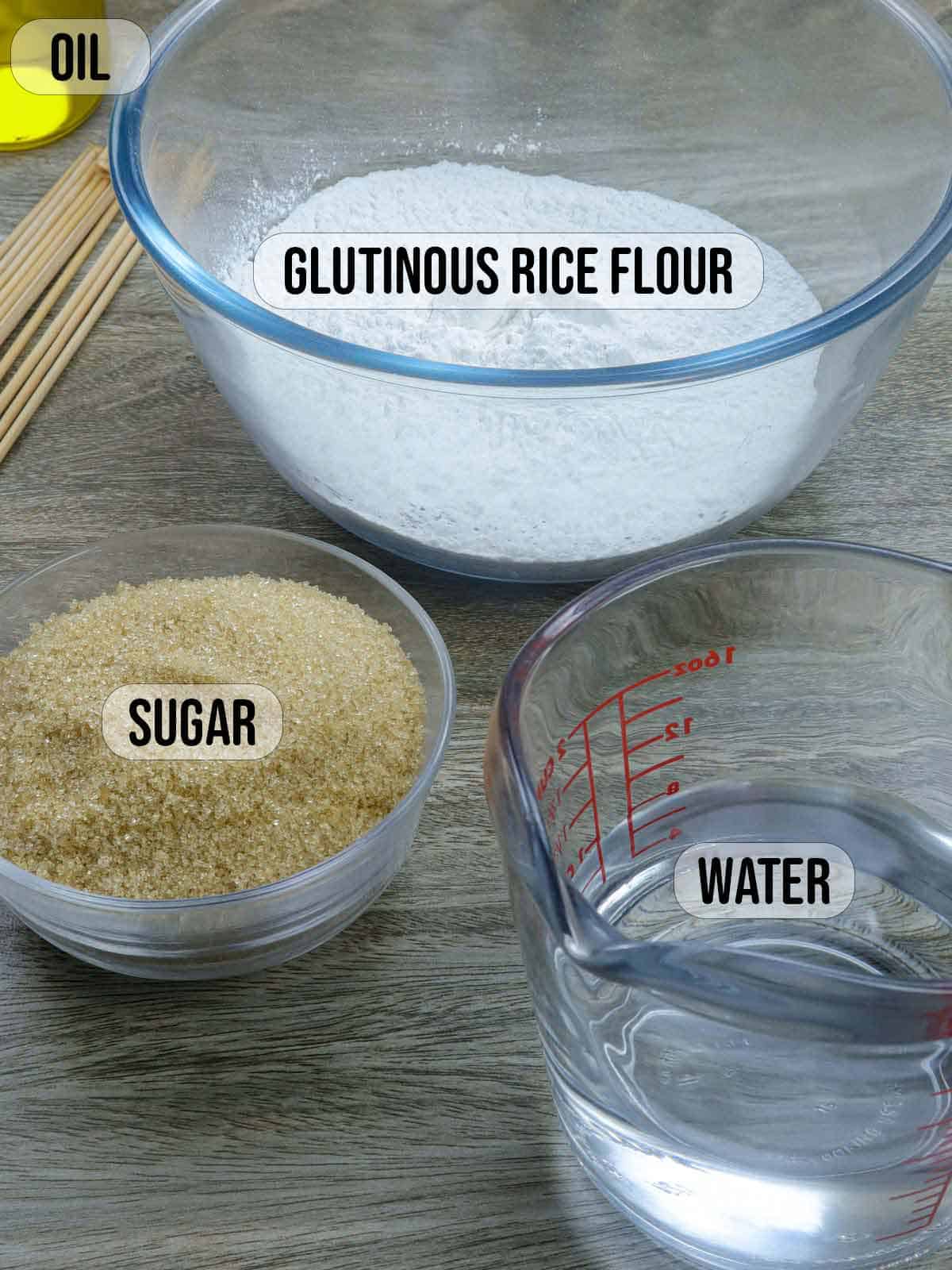
Like palitaw or Tong But Luck, these sweetened fried sticky rice balls are quick and easy snacks to prepare at home. All you need are four ingredients- sweet rice flour, brown sugar, water, and oil- and 30 minutes to have them ready to enjoy.
- Water and glutinous rice flour- What took a little bit more work was figuring out the right proportions for the dough. After a few tries, I found 1 ½ cups of glutinous rice flour to 1 cup of water ratio to yield the soft and chewy texture I like.
- Oil- For optimal results, use oil with a neutral taste and high smoke point such as avocado, grapeseed, canola, or safflower oil.
- Sugar- Use light brown sugar for a beautiful amber caramel coating.
How to make carioca
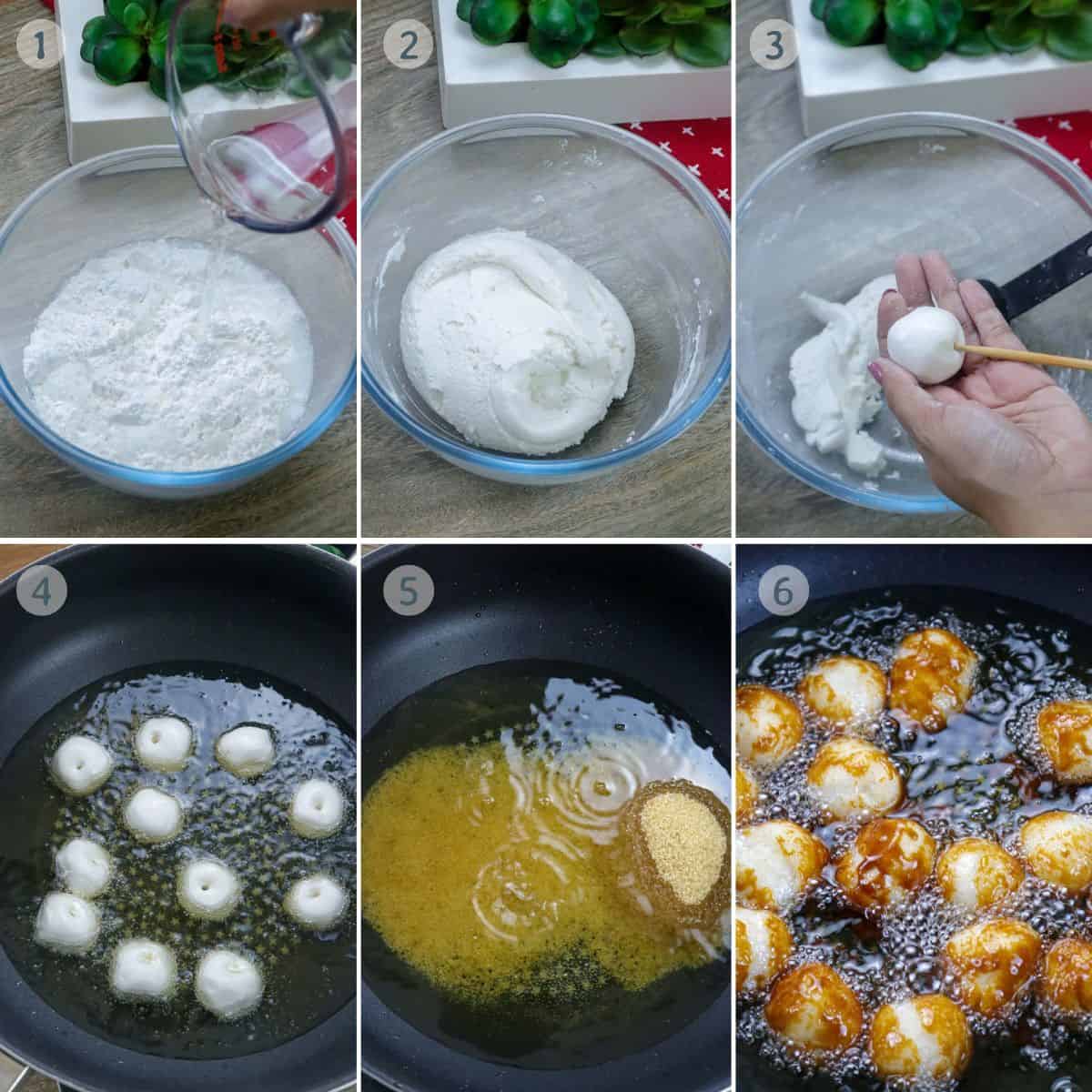
- Combine- Place glutinous rice flour in a bowl and add water. The water absorption varies depending on the brand of flour, so it's best to add the water gradually.
- Make dough- Stir with a wooden spoon or mix with hands to a soft, pliable dough. The dough should not feel dry or too sticky. If it feels too dry, add more water, a tablespoon at a time, until it is smooth and pliable. If it is too wet, add more glutinous rice flour, a tablespoon at a time.
- Shape into balls- Scoop one tablespoonful of dough and roll into balls. Using the sharp end of one bamboo skewer, poke through each dough ball to prevent them from "exploding" and lessen hot oil splattering.
- Deep-fry- Heat oil about 1 inch deep in a wide pan over medium heat. Gently add the balls to the oil and deep-fry until they begin to float. Continue to cook for another 1 to 2 minutes until the outer shell begins to crisp and lightly brown to keep the carioca from collapsing. Remove from the pan, and drain on a wire rack. Set aside.
- Caramelize- In the same pan, add light brown sugar and cook until liquified. Do not burn the sugar, as it can turn bitter.
- Coat- Return the carioca balls to the pan and stir until fully coated with caramel. Remove from the pan and drain on a wire rack. Do NOT drain on paper towels, as the sugar coating will stick. Skewer with bamboo sticks, if desired.
Deep-frying tips
- Maintain the optimal temperature of 350 to 375 F during frying. Too low, and the rice balls will absorb more grease. If they are too hot, they will brown on the outside before completely cooking through on the inside, which might cause them to explode.
- Use enough oil so the rice balls are submerged. Do not overcrowd the pan. Fry in batches as needed to prevent the oil temperature from plummeting and provide enough space to move the balls freely.
Quick reminder
Give the carioca balls time to slightly cool before touching, as the sugar coating can be very hot.
Frequently Asked Questions
Is carioca the same as cascaron?
Cascaron is another name for carioca, which are sticky rice ball fritters fried until crispy and coated with a caramel coating. Depending on the region, other names for carioca are tungi-tungi, tinudok, bicho, paburot, and bunuelo.
How many calories are in carioca?
The calories may vary depending on the ingredients used. The estimated calories for this carioca recipe are 147kcal per serving.
How to serve
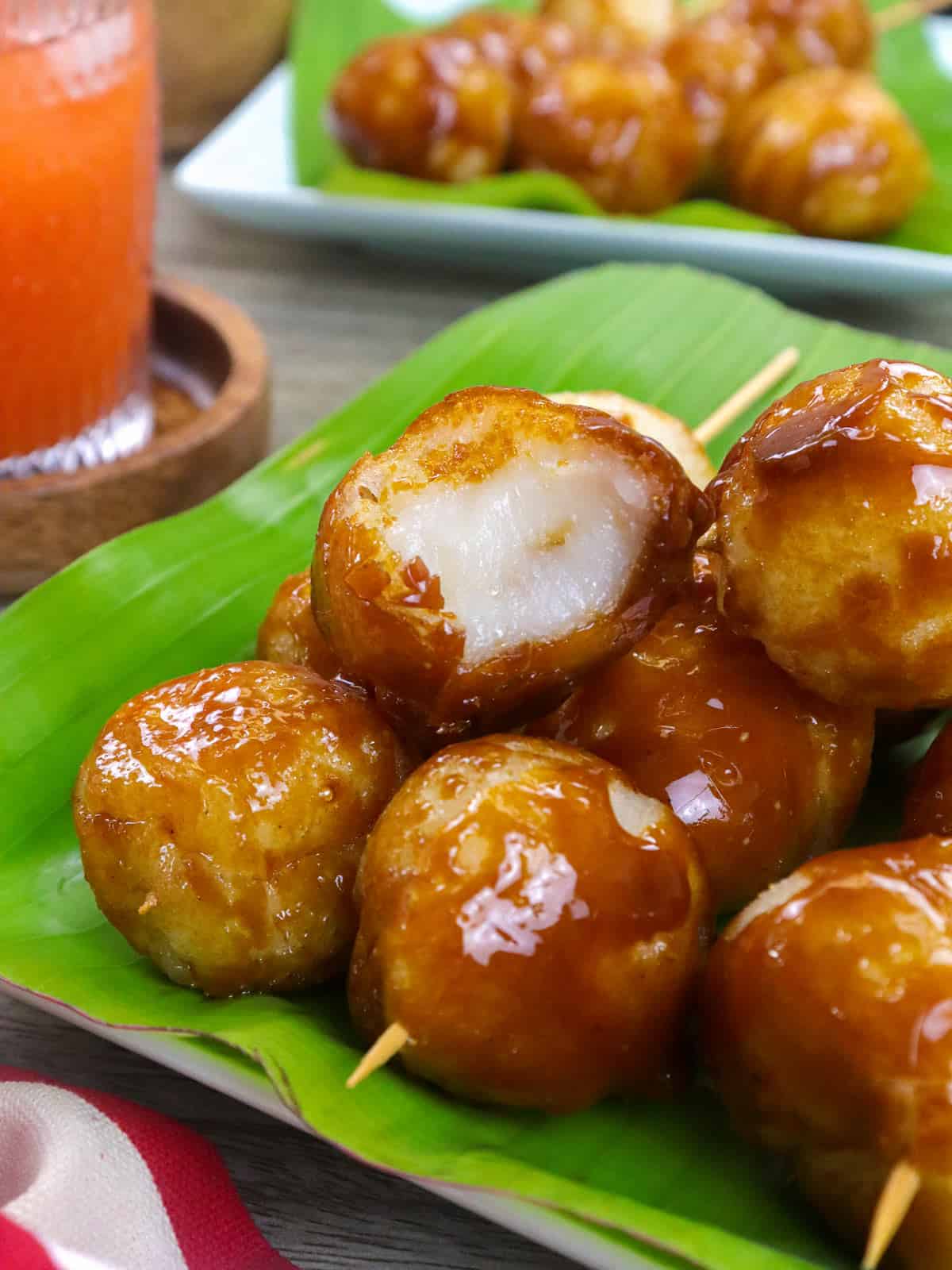
- Carioca is delicious as a midday snack or after-meal dessert with tsokolate, coffee, tea, or your favorite cold beverage, such as sago gulaman and melon juice.
- Store at room temperature for about 1 to 2 days. Depending on the ambient temperature, the caramel coating might begin to sweat.
- To keep longer, cover loosely with film and refrigerate. They'll last about 5 to 7 days, but please note that the cold temperature will change the texture from chewy to hard.
More glutinous rice flour recipes
Equipment
- bamboo skewers
Instructions
- In a bowl, place flour and carefully add water. Stir until flour is moistened. If needed, add 1 tablespoon of water at a time to form a firm but smooth and pliable dough. The dough should not feel dry or too sticky.
- Scoop about 1 teaspoonful of dough and roll in palm of hands into 1-inch balls. Using the sharp end of one bamboo skewer, poke through each dough ball.
- In a wide pan over medium heat, heat about 1 to 2 inches of oil. Carefully add balls into the oil and cook, stirring occasionally, until they float to the top. Continue to cook for another 1 to 2 minutes or until lightly golden.
- With a slotted spoon, remove from pan and drain on paper towels.
- Place the brown sugar in the oil and cook, stirring regularly, until it begins to melt.
- Add rice balls and cook, stirring regularly, until coated with caramel.
- Remove from the pan and drain on a wire rack. Skewer in bamboo skewers if desired.
Notes
- Use the sharp end of one bamboo skewer to poke through each dough ball to prevent them from "exploding" and lessen hot oil splattering.
- When the balls begin to float, continue to cook for another 1 to 2 minutes until the outer shell begins to crisp and lightly brown, keeping the carioca from collapsing.
- Drain on a wire rack and not on paper towels as the sugar coating will stick.
Video

Nutrition Information
“This website provides approximate nutrition information for convenience and as a courtesy only. Nutrition data is gathered primarily from the USDA Food Composition Database, whenever available, or otherwise other online calculators.”
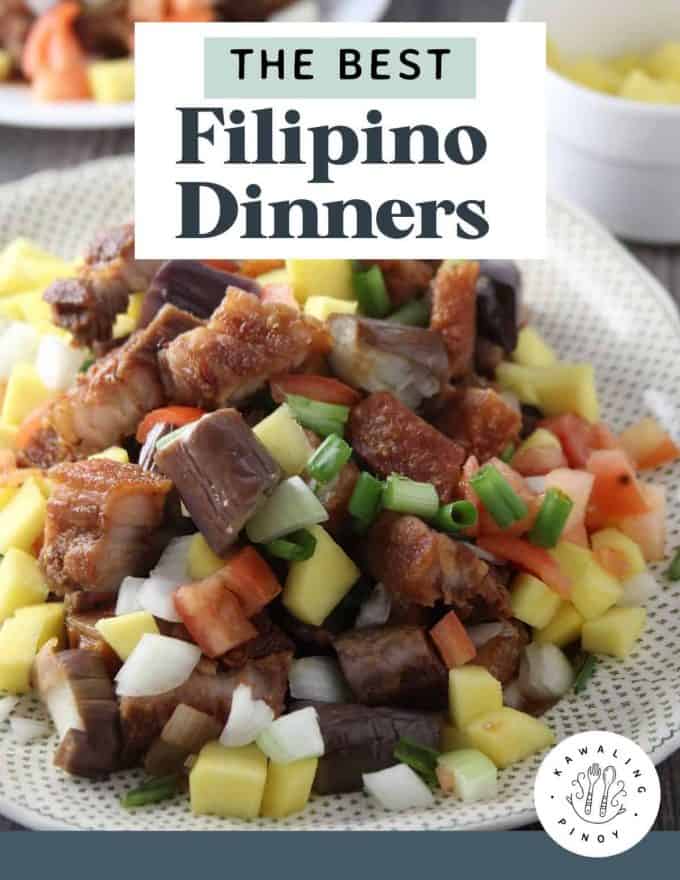
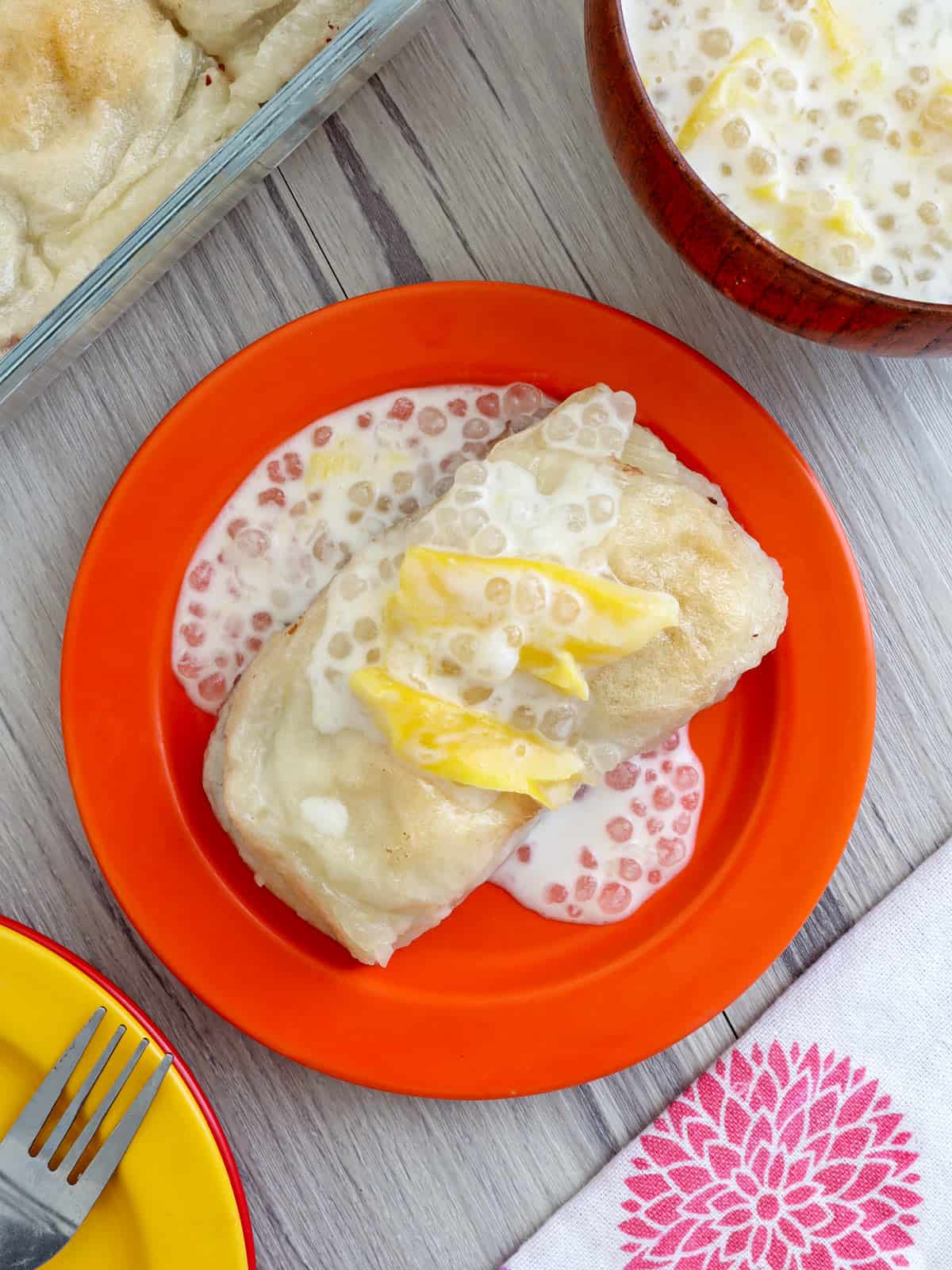
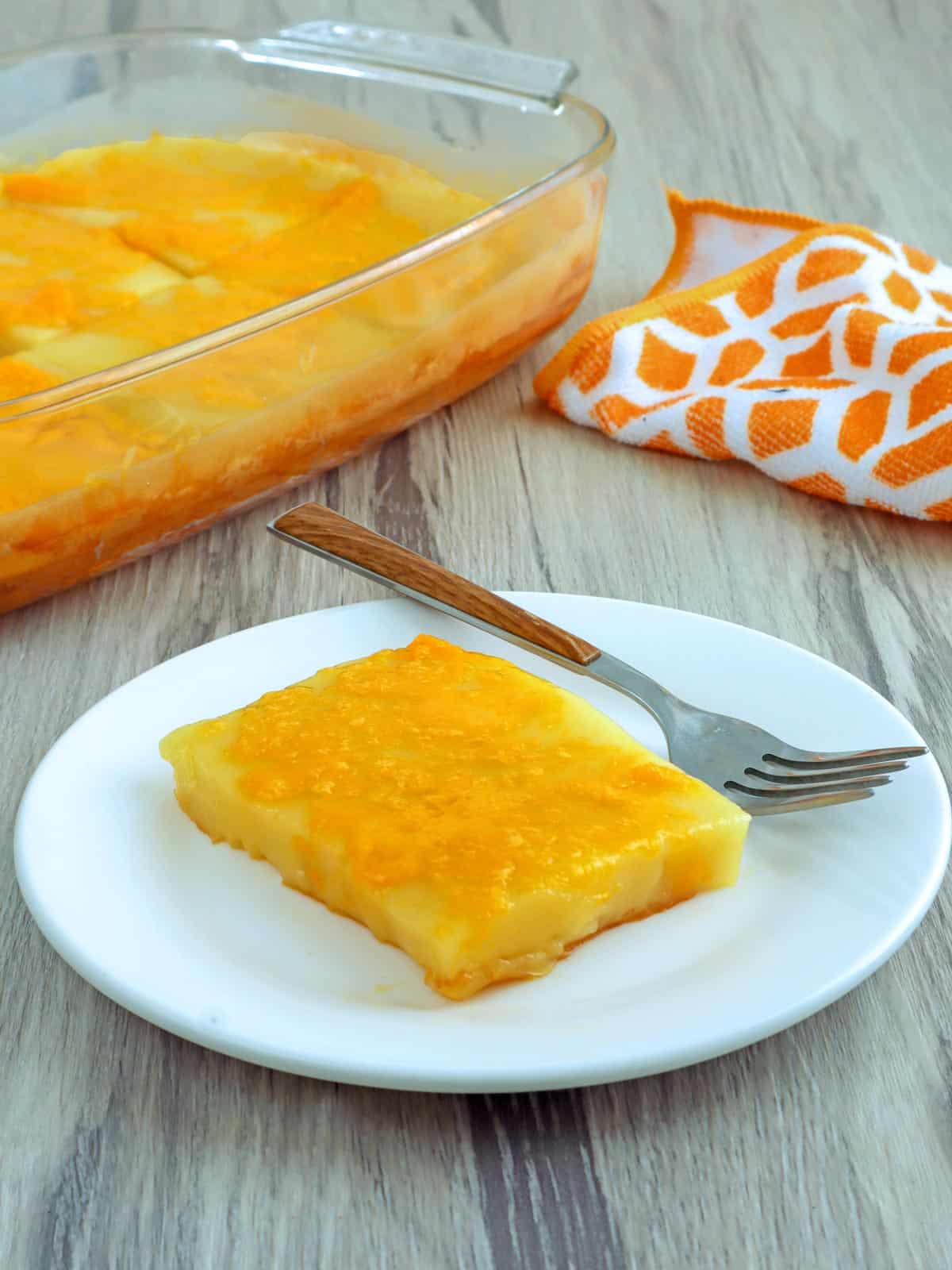
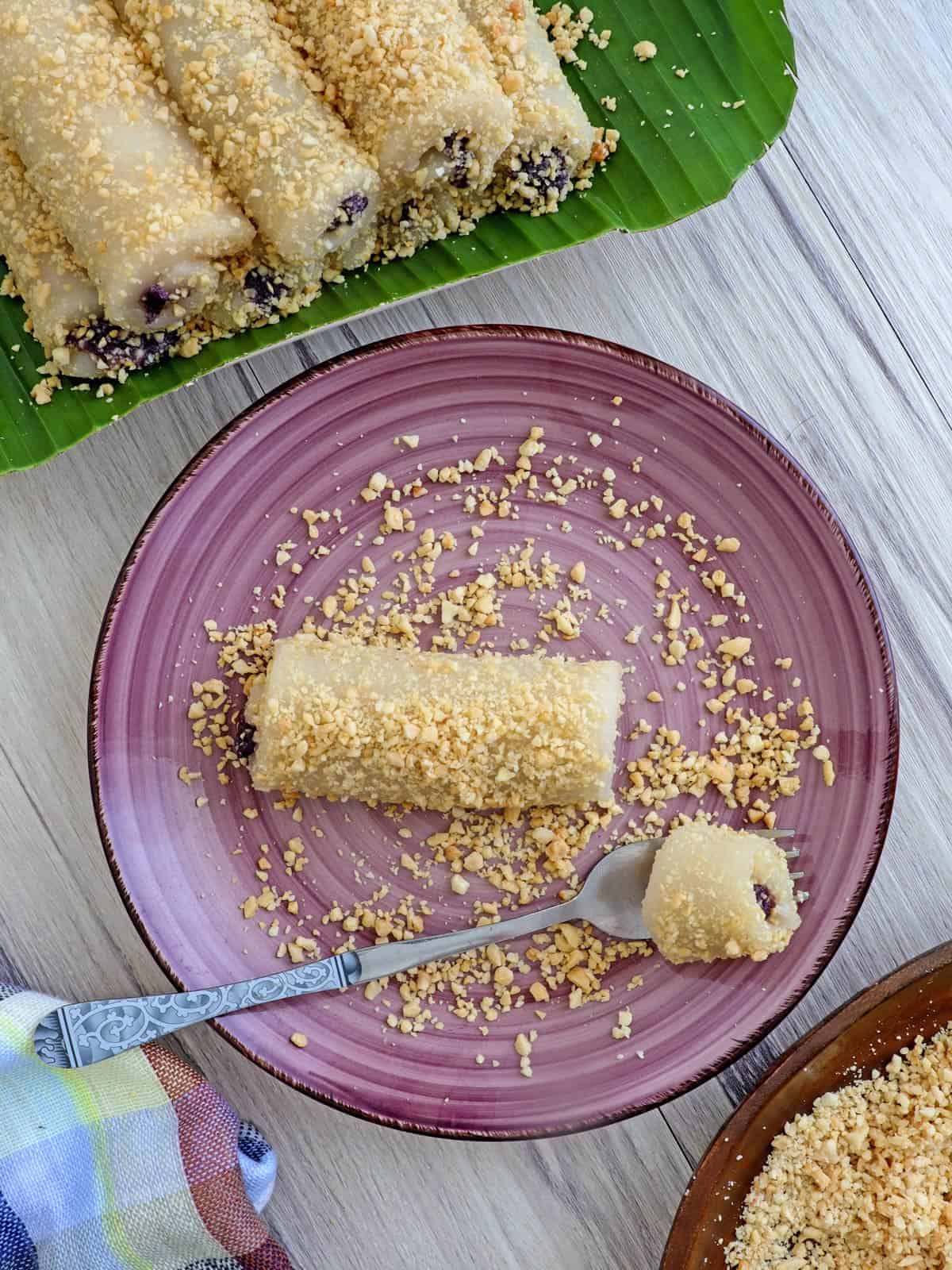
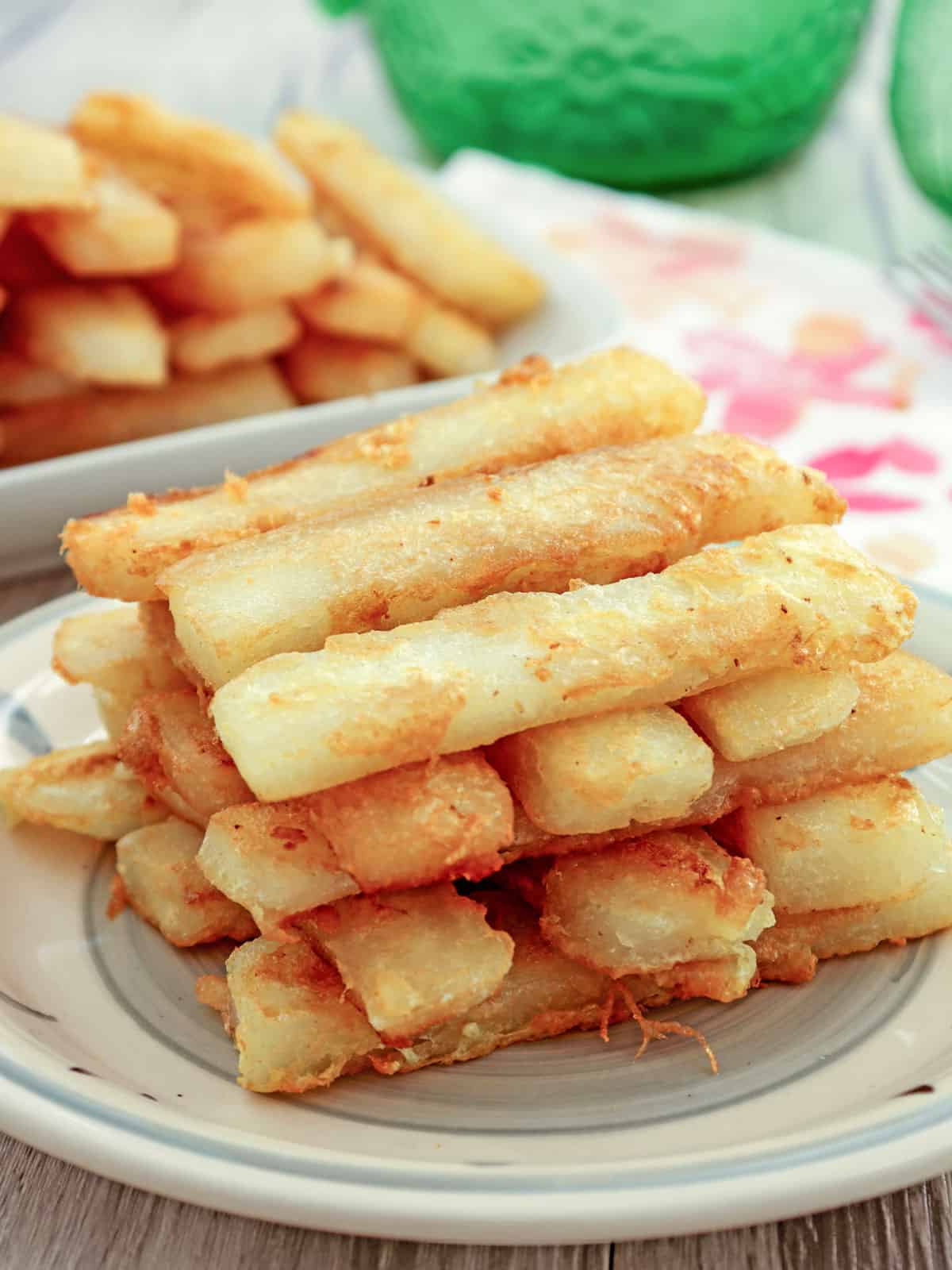
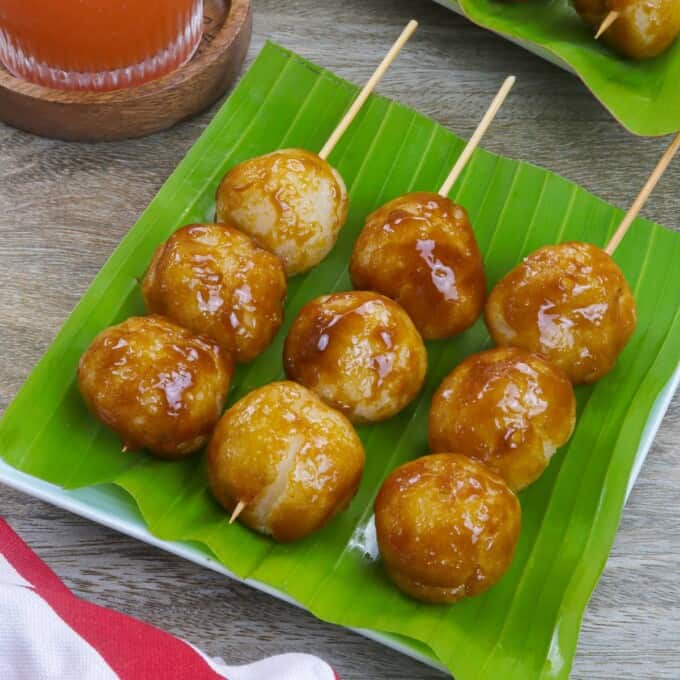
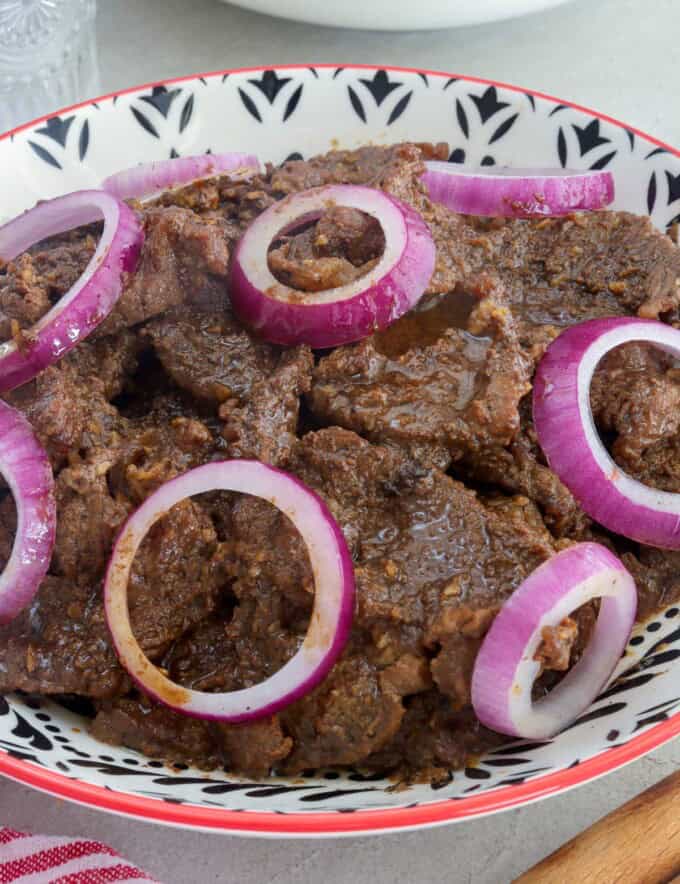
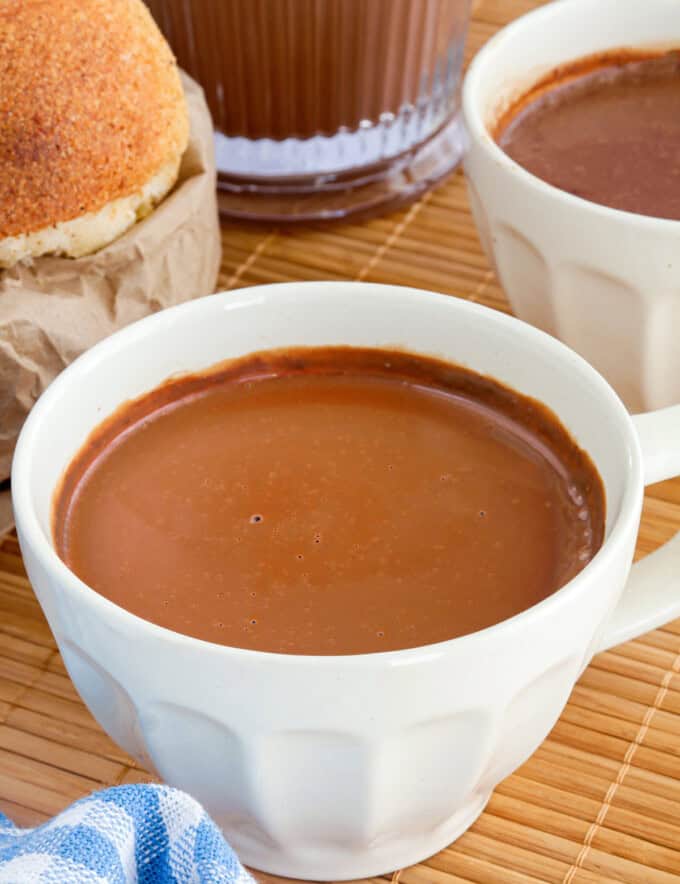
Emma Tan says
I grew up with having karioka as a special afternoon merienda during my childhood days. I would observe how my Mamang (God keep her soul) made malagkit dough from pounding on wooden mortar or from manual stone grinding. It was interesting to see how she prepared the malagkit from dough into glazed karioka balls. I enjoyed skewering the karioka - making sure that all of us siblings got equal number of karioka balls.
During this Covid-19 pandemic quarantine, I had thought of preparing karioka myself while I could not get it from my suki in the market and having ran out of merienda ideas. Out of desperation to acquire the ingredients, I came across your recipe and I discovered how easy it was to enjoy karioka following your recipe.
I realized to give you my feedback when the bowlfuls of karioka were almosy gone; so I do not have the pictures.
I must thank you for the simple and genuine recipe. Preparing the merienda made me nostalgic and feel how I missed my Mamang.
joyce says
hi Lelaine!
I absolutely love carioca and I'm so happy I found your recipe. I've made them 2x and both times turned out really good. inwas wondering if you had any tips on how to ensure the carioca balls stay hard. I double fried mine the 1st time which helped but I dont really want to double fry each time.
Maria Goodnough says
Thank you for the recipe. I made it today and it was amazingly good. I made a little adjustment on the sauce. Instead of using water, I used coconut milk. My Canadian husband said, “ it was very good, I have to walk away from it”
From your kabayan in Edmonton, Alberta Canada
Maria Goodnough
Desiree says
Hey, I am planning on making carioca to sell at our school. Can I make the dough at night and then put it in the freezer or refrigerator and cook it in the morning?
Daryl Revilla says
Hi
You mentioned about the dry and wet method for the caramel coating. And I wanted to try the dry method for the coating. Would you mind sharing it? Since that's what I'm used to. 😉 thank you in advance
ANDREA says
Nice to meet you, Lalaine. I tried the recipe yesterday afternoon. I followed all the instructions and they turned out delicious! Next time, I'll try them with coconut water or shredded coconut. Greetings from Buenos Aires, Argentina!
Lalaine Manalo says
Good to hear it turned out delicious for you, Andrea! Greetings.
Thomas J Cartwright says
Great recipe. I too used brown sugar but added just a little vanilla.. Yummy!!!!!!
Lalaine Manalo says
Thanks for the feedback and tip! Vanilla sounds like a delicious addition of flavor 🙂
Maria says
Thank you for sharing this recipe. This is one of my childhood favourites!
Lalaine Manalo says
You're welcome. Enjoy!
Tamika says
Have you ever tried it in an airfryer? I have tried making them several times but they always explode. I've tried different recipes and techniques. They never come out super round either. Wish I could get them perfect for a party
Mark Prynkiewicz says
I sell these on my food truck and people love them! For us we found that making the dough "wetter" using coconut milk, then portioning out onto a cookie sheet, semi freezing it, then molding into a ball form before completely freezing them helps with the "exploding" issue. Sounds like a lot of work, but it's not to bad. We also use sweetened coconut flakes in the mix. We make our caramel sauce out of coconut milk and brown sugar. Deep fried at 350 from frozen seems to take us about 7 minutes for a golden brown outside and chewy soft inside. One of my favorite desserts, right behind Turon 🙂
Lalaine says
Thank you so much for the tips, Mark. I am definitely going to try adding coconut flakes, I am sure it adds delicious texture. May I ask where your food truck is? I love food trucks, the food are usually unique and different from regular restaurants.
Sam says
Wondering if these have to be eaten warm or can they be made to be eaten later in the day?
Lalaine says
You can eat them later in the day. They're usually sold in stores at room temperature 🙂
Yuk says
In the recipe, 12 servings does it mean 12 pieces/balls? or sticks?
Foteini Karagianni says
It looks like Greek loukouma on a stick like souvlaki xD
I need to try this out! Thanks for sharing xx
MonsterFrogaki
aleli says
Hello! I tried making these today and it tastes great! I used brown sugar for the syrup instead of white. I think the recipe said dark brown but somewhere also it seems i need to use white sugar. Mine turned out good and somewhat crispy. Poked through with a stick but the balls still exploded while in the pan. Could it be my oven temp?
Lalaine says
Hi Aleli,
The dough exploding in the oil seems to be he common problem here, I've had a few readers with the same experience. I'm really sorry about this because I know it takes time and ingredients to make a recipe. To be honest, I've never had a problem with them exploding when I make them and I am not sure maybe it's the temp of the oil that's causing them to burst? Maybe the oil is too hot and the sudden shock of heat causes them to burst? Or maybe it's not hot enough so the dough balls are not browning fast enough and too long in the oil causes them to burst? I use a thermometer when I fry to ensure I have 350 F but this is not a common practice for most home cooks.
I have few readers who made this successfully so hopefully, they'll chime in in the comments to share their experience.
Jec says
I'm curious, doesn't the usual carioca recipe includes coconut??
Lalaine says
You can add shredded coconut if you like 🙂
Jec says
I made this today and added 1 cup of shredded coconut and it was so delicious! Thanks for the recipe, Lalaine!
Lalaine says
Thanks for the feedback, Jec. The added coconut sounds very tasty, I am going to try it next I make them again.
Miguel Decena says
For you're nutritional value, what would be the serving size?
Krystal says
Hello! I just tried to make these...epic fail. They all exploded and I did everything you said (poking holes, not too many in a pot, etc). Any ideas as to why? Was the oil too hot? I kept it over medium-low heat and even did a small test piece.